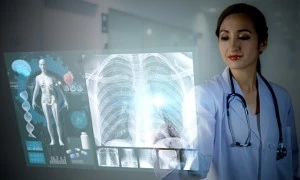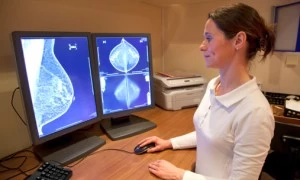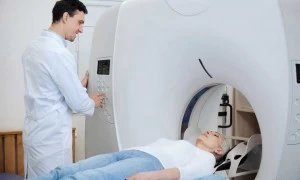Outpatient Imaging
All of our outpatient imaging services are provided through our CONVENIENT NETWORK of IMAGING CENTERS that are conveniently located throughout the Twin Cities. We offer top quality high-resolution imagery using state-of-the-art medical imaging equipment.
Find Imaging Center Hospitals & Clinics

Bone Density
Using bone density testing for the detection of osteoporosis. The bone densitometer measures your bone mineral density. This info...

CT
Using images to show parts of the body in great detail. CT scans produce detailed, computer generated cross-sectional image...

Mammography
Using imaging for prevention or diagnosis of breast cancer. Mammography is the best method available for the early detection of...

MRI
Using a magnetic field to produce detailed images of the body. An MRI is a procedure that creates detailed internal images of the ...

Wide Bore MRI
Using a magnetic field to produce detailed images of the body. Specializing in diagnosing and treating disease and injury by using...

PET/CT
Using nuclear medicine and imaging to measure activity. Utilizing a low dose CT examination in combination with a PET exami...

Pain Management
Using imaging for injection placement to manage pain. Pain Management Injections provide long-term pain relief by deliver...

Screenings
Colon Cancer, Coronary Artery Disease, Lung Cancer, and Breast Cancer. These screenings are all performed by licensed practitioners in a c...

Ultrasound
Using sound waves to view internal structures in the body. Ultrasound examinations are painless, and are performed with the us...

X-Ray
Using images to diagnose a wide variety of conditions. The X-ray is the primary and most common radiology tool. X-rays pro...
Scheduling
We offer SAME DAY scheduling at any of our imaging centers from 7:30 am - 6:00 pm Monday - Friday. We accept most forms of medical insurance. Please contact your provider prior to scheduling.
About Your Imaging Bill
If Your Imaging Is Performed at Any Midwest Radiology Imaging Center
If your imaging is performed at any Midwest Radiology Imaging Center, the billing for your imaging test will come on one invoice from Midwest Radiology Outpatient Imaging or Midwest Radiology Suburban Imaging.
If Your Services Are Performed at an Affiliated Hospital or Clinic
The billing will come on two different invoices: a bill for Imaging Services from the Hospital or Clinic that performed the imaging procedure(s), and a bill for Radiology Services from Midwest Radiology for the medical interpretation of your images.













































































